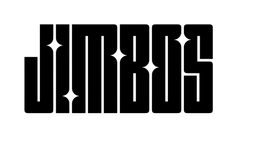How to Get Pro-Level Results with Picture Perfect Polish
Whether you're new to paint correction or a seasoned pro, this one step polish simplifies everything — if you know how to use it right.
Picture Perfect Polish was designed to give you the perfect blend of cut and finish. But to get the best results, pad choice and technique matter. Here’s your no-fluff, step-by-step guide.
Step 1: Choose the Right Pad
Picture Perfect Polish is pad-dependent, which means your results will vary based on what you pair it with:
- 🟧 Cutting foam pad: Best for removing swirls, oxidation, and light scratches
- 🟩 Polishing foam pad: Ideal for refining paint and boosting gloss
- 🧽 Finishing pad: Great for soft or sensitive paints (like black or red)
Pro tip: Test a small section with a polishing pad first. If more correction is needed, step up to a cutting pad.
Step 2: Prime the Pad
Before polishing, apply 3–4 pea-sized dots of polish to the pad. Lightly spread the product across your working section (about 2x2 feet) on speed 1–2 to prevent sling.
Step 3: Work the Section
- Set your DA polisher to speed 4–5
- Apply light to moderate pressure
- Make 3–4 slow overlapping passes (crosshatch pattern)
You’ll notice the polish becomes more transparent as it breaks down — that’s your signal that the abrasives are doing their job and it's time to stop.
Step 4: Wipe Off and Inspect
Use a soft towel like the Softer Than Soft Microfiber to gently wipe away residue.
✅ No dust ✅ No stickiness ✅ No streaking Just clear, glossy paint.
Step 5: Protect Your Work
Once you’ve corrected the entire car with Picture Perfect Polish, lock in the results with a high-quality ceramic spray like Tough As Shell.
Picture Perfect Polish = Smart Correction
This isn’t about chasing perfection — it’s about getting incredible results fast. For most daily drivers, Picture Perfect Polish is all you’ll ever need.



